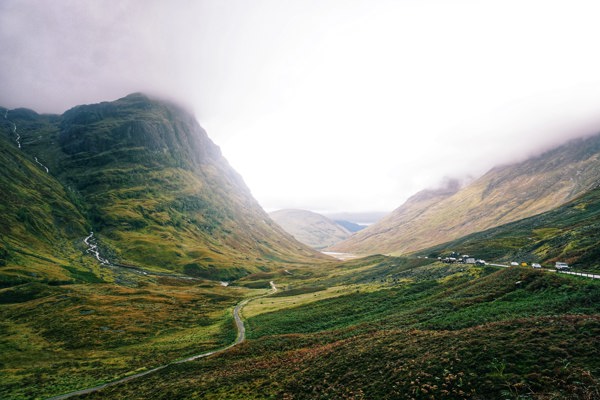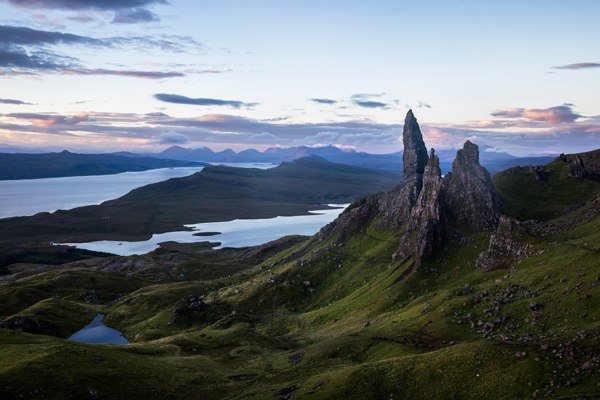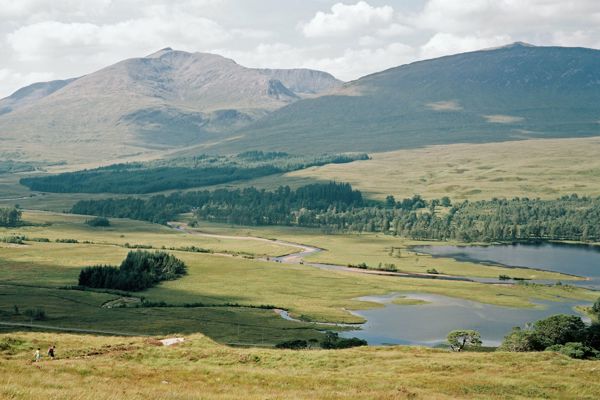The term ‘peatland’ refers to the peat soil and the wetland habitat growing upon it. Without getting too technical, peat is created when perpetually waterlogged conditions create an environment where the process of plant decomposition is slowed to such an extent that dead plants accumulate to form peat. Over a very long period of time this material builds up and becomes several metres thick.
Peatland landscapes are varied – from blanket bog landscapes with open, treeless vegetation in Scotland to swamp forests in Southeast Asia - and new areas are still being discovered, such as the tropical peatland (estimated to be the largest in the world) discovered beneath the forests of the Congo Basin in 2017.
The reason that peatlands are so important, is not just their incredible biodiversity and habitat, they are also highly significant in the global efforts to combat climate change. In short, the protection and restoration of peatlands is vital in the transition towards a low-carbon future and net-zero targets.
In their natural wet state, peatlands are a vital part of our global ecosystem. They regulate the flow of water, which in turn helps minimise the risk of flooding. In many parts of the world, peatlands supply food, fibre and other local products that sustain local economies.
Peatlands are the largest natural carbon storage system. Worldwide, the remaining area of near natural peatland (>3 million km2) contains more than 550 gigatonnes of carbon, representing 42% of all soil carbon, and exceeds the carbon stored in all other vegetation types, including the entirety of the world’s forests.
Damaged peatlands contribute about 10% of greenhouse gas emissions from the land use sector. CO2 emissions from drained peatlands are estimated at 1.3 gigatonnes of CO2 annually. In 2015, fires in Indonesian peat swamp forests emitted nearly 16 million tonnes of CO2 a day. This figure equates to more than the daily emissions from the entire US economy.
In order to maximise on their potential, worldwide action is required to protect, sustainably manage, and restore peatlands. This involves protecting them from damaging activities and restoring the waterlogged conditions required for peat formation to prevent the release of carbon stored in peat soil.
The UK has already taken steps to reverse the decline in peatlands though the strategic peatland action plan. However more action is needed, together with engagement from those whose lives are intrinsically linked to the peatland.


